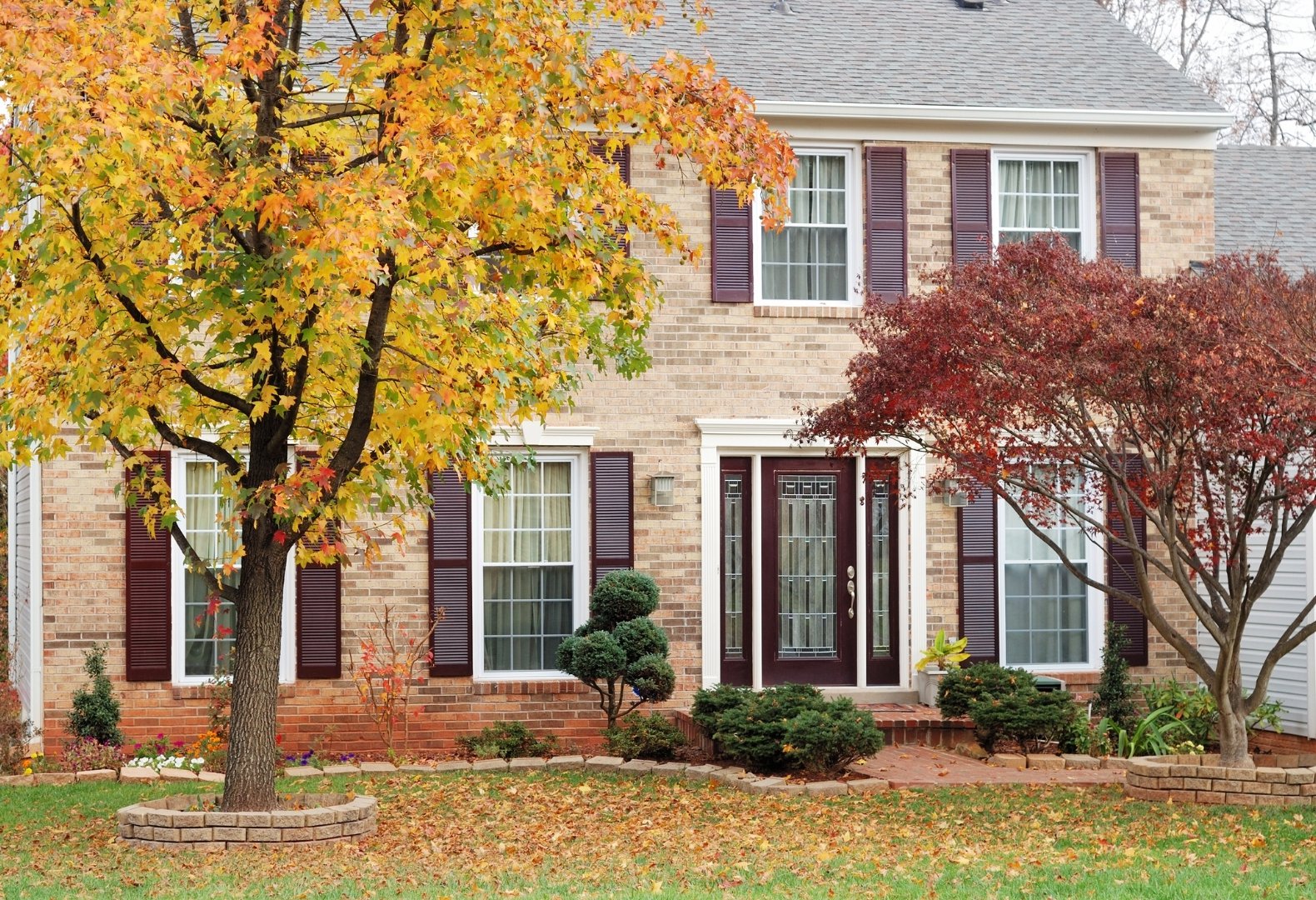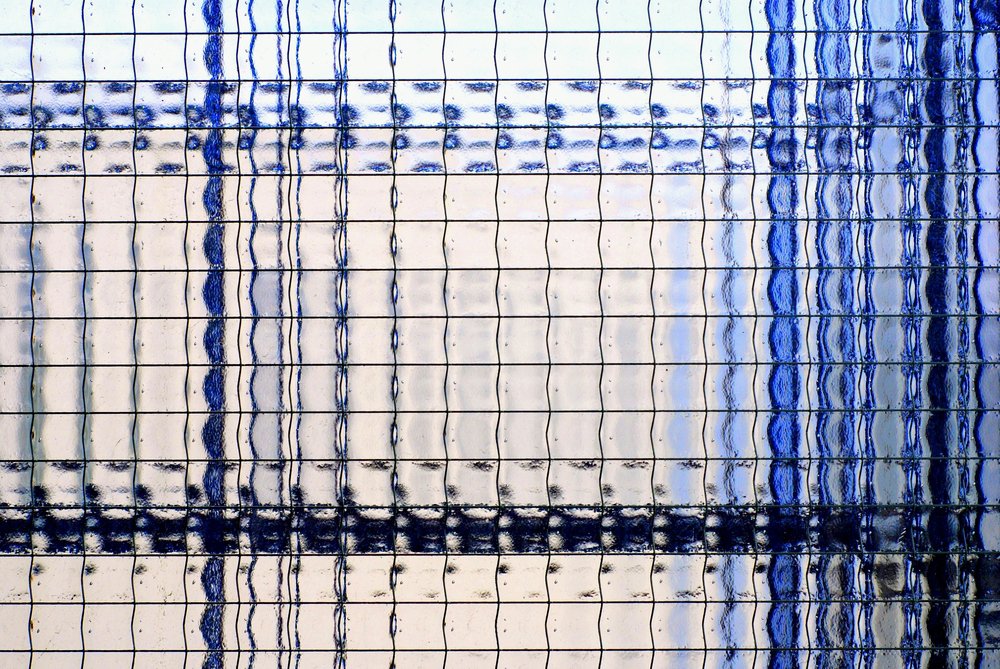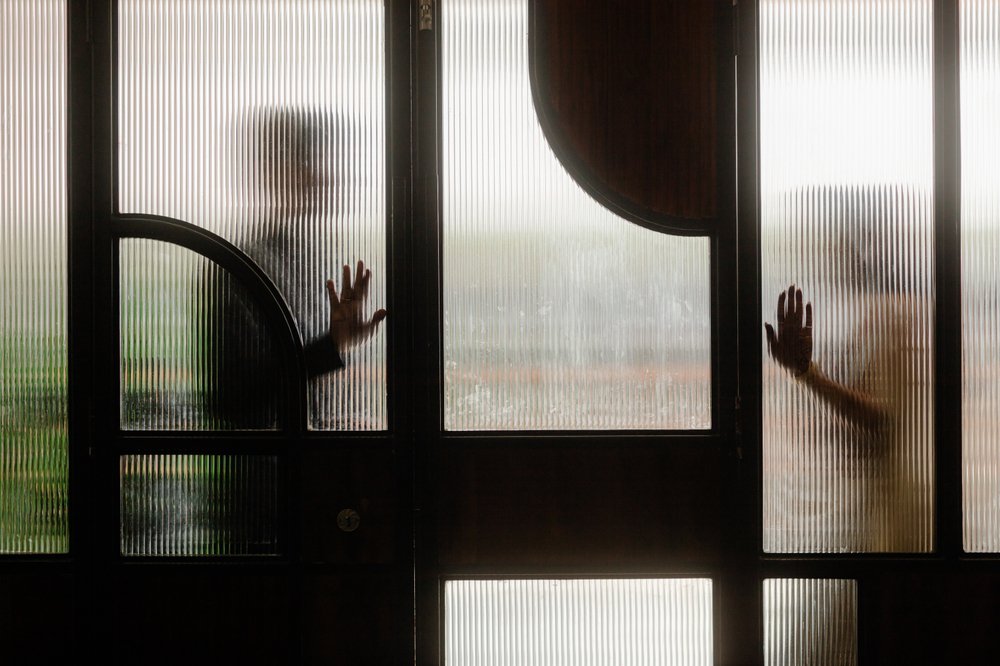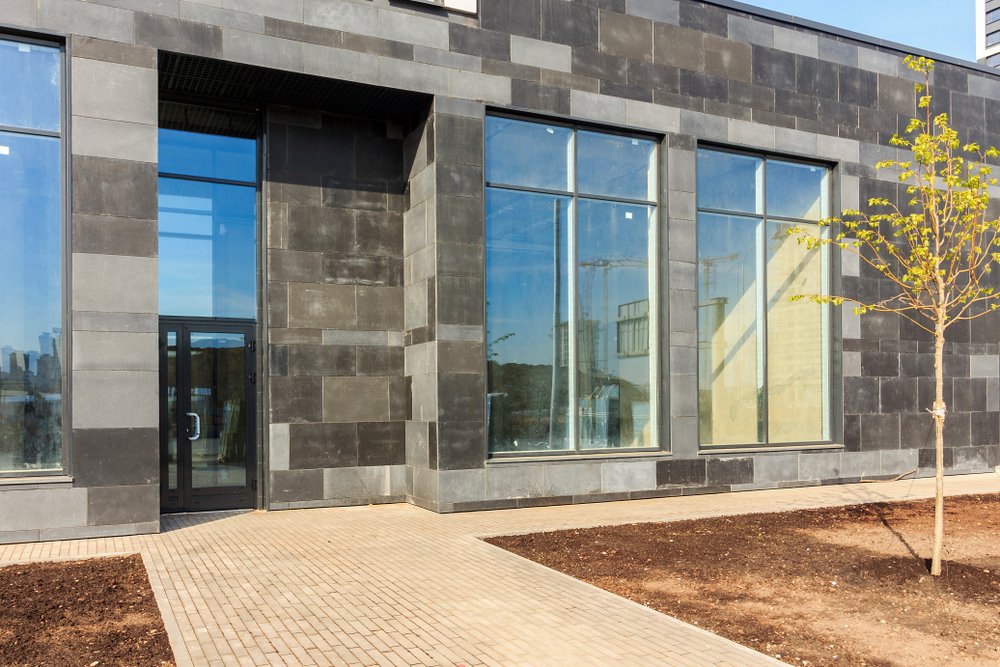Cooler mornings, earlier sunsets, and the crunch of leaves underfoot all signal the arrival of fall. While the season is best known for its colors and harvests, it also brings a unique challenge to buildings: fluctuating temperatures. These swings often expose weaknesses in windows, especially when sealed glass units have started to fail.
Sealed glass units are designed to keep interiors comfortable by reducing heat transfer, preventing drafts, and limiting condensation. When their seals weaken or their performance deteriorates, energy efficiency and comfort take a hit. Identifying these problems in the fall and acting quickly ensures that properties are prepared for the heavy demands of winter.
Signs That Sealed Glass Units Are Failing
Sealed glass units (sometimes called IGUs) are built to last, but no system is immune to wear. Over time, moisture, thermal stress, and natural aging can cause failures that compromise performance. The most common signs include:
- Persistent condensation between panes: Unlike surface condensation that can be wiped away, moisture trapped between panes is permanent. It indicates that the insulating barrier has been breached, allowing air and water vapor to penetrate the sealed cavity.
- Fogging and visual distortion: Cloudiness and streaks form inside failed insulated glass units when insulating gas leaks out and moisture seeps in. This not only affects energy efficiency but also blocks natural light and reduces visibility.
- Drafts and uneven temperatures: A room may suddenly feel colder near a window even when the rest of the space is stable. This happens when sealed glass units no longer maintain a strong thermal barrier, allowing outdoor air to infiltrate.
- Escalating energy costs: Heating systems are forced to run longer when insulation fails. A steady increase in energy bills without other changes is often a sign that sealed glass units are underperforming.
- Decreased indoor comfort: Temperature swings inside a property, especially during fall’s warm days and chilly nights, are a clear signal that window units are no longer regulating the interior climate effectively.

Why Fall Is the Best Season for Replacement
While sealed glass units can be replaced in any season, autumn offers unique advantages. Some of them include:
- Comfortable weather conditions: Moderate temperatures in the fall make for more efficient installation. Sealants cure better, crews work faster, and projects are less likely to be delayed by extreme weather conditions that are common in summer and winter.
- Stable scheduling: Compared to spring rains or winter storms, fall weather is often more predictable. Contractors and suppliers are also better positioned to meet demand before the winter rush, reducing wait times.
- Energy savings realized sooner: Replacing sealed glass units in the fall allows property owners to enjoy immediate savings on heating bills. Instead of wasting energy through inefficient windows, the full winter season benefits from improved insulation.
- Prevention of costly emergencies: Weakened units often fail completely under the strain of freezing temperatures and winter storms. Addressing the problem before the season turns harsh helps avoid emergency replacements at a higher cost.
- Added property value heading into winter: Upgraded sealed glass units improve not only energy performance but also aesthetics. Clearer views, reduced fogging, and new patterns or tints enhance property value and curb appeal.
Preparing for Replacement in Fall
Autumn is a season of preparation, and replacing sealed glass units should be part of that process. Here are practical steps to take before winter arrives:
- Inspect all windows thoroughly for condensation, fogging, or drafts.
- Note problem areas and prioritize replacements in spaces most affected by temperature fluctuations.
- Schedule projects early to ensure materials and crews are available before the holiday season.
- Select high-performance glass units with Low-E coatings and warm-edge spacers for maximum return on investment.
- Work with a trusted supplier who can deliver custom solutions quickly and consistently.

Why Acting in Fall Makes a Long-Term Difference
Waiting until winter to replace sealed glass units often means higher costs, longer delays, and uncomfortable living or working conditions. By acting in the fall, properties are insulated against energy loss before the coldest months arrive. Contractors and builders also benefit from smoother project timelines and satisfied clients who appreciate efficiency and foresight.
Replacing sealed glass units in autumn ensures that buildings stay warm, energy-efficient, and attractive throughout the long winter.
Invest in Sealed Glass Units Before Winter Arrives
Any glass unit that fails compromises comfort, efficiency, and value. The signs, which include condensation, drafts, fogging, and rising energy costs, become more obvious as autumn temperatures shift. Acting now prevents small issues from turning into expensive emergencies and locks in energy savings for the cold months ahead.
At Insul-Lite Manufacturing™, we specialize in custom sealed glass units designed for every condition. Our products combine Low-E coatings, warm-edge foam spacers, safety options, and decorative patterns to deliver superior performance and style. With fast turnaround and dependable service, we make it easier to prepare any project for the season ahead. Contact us today.





